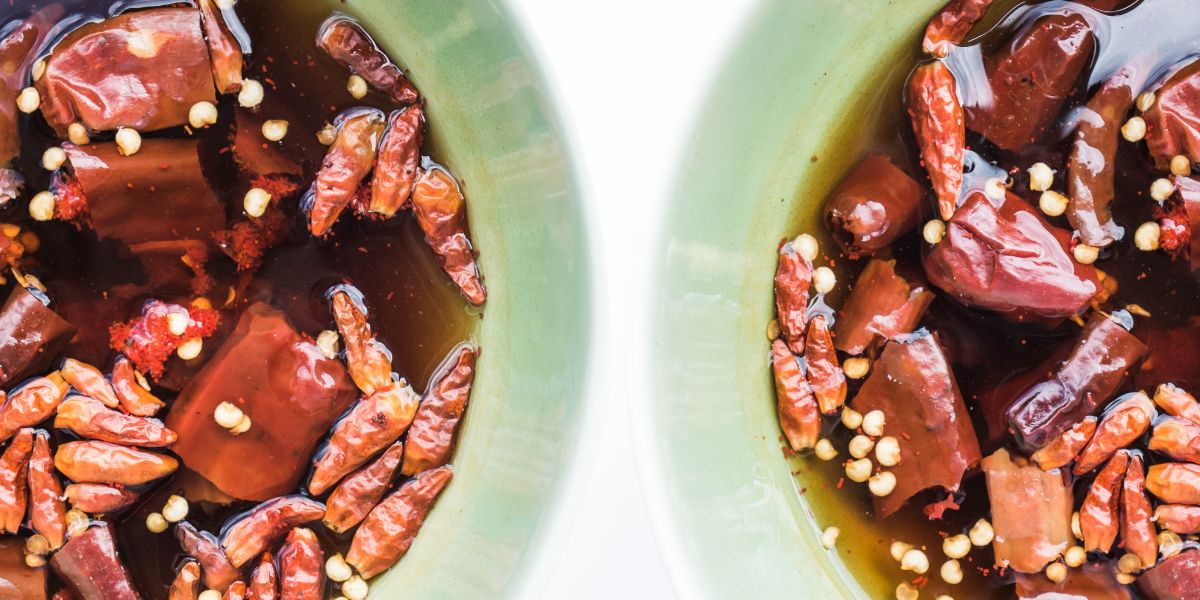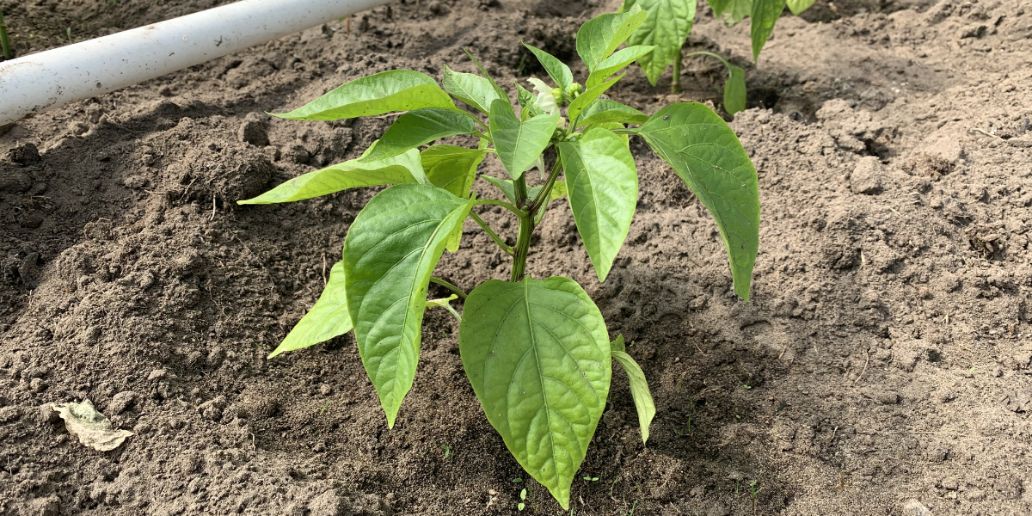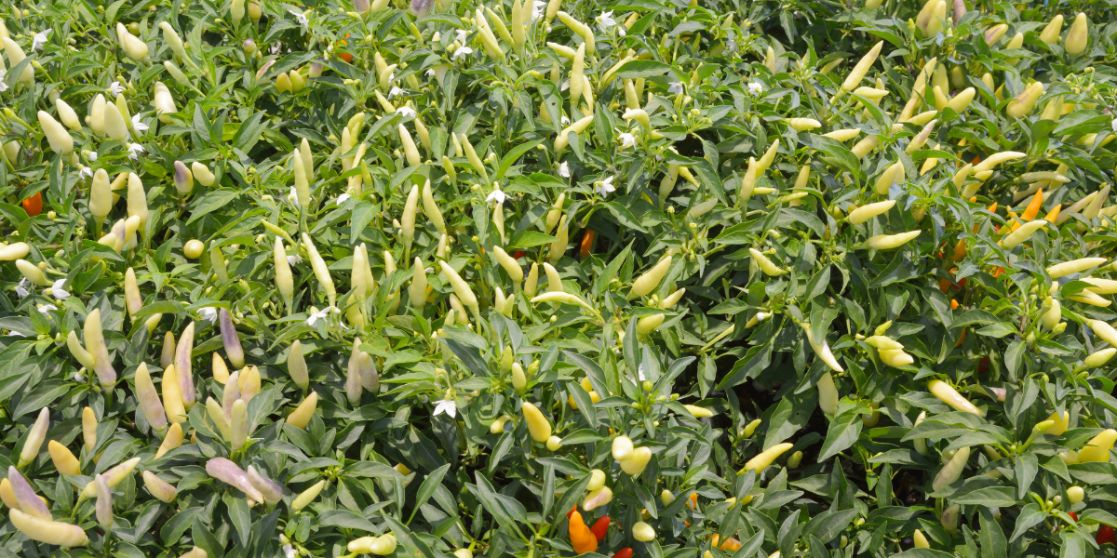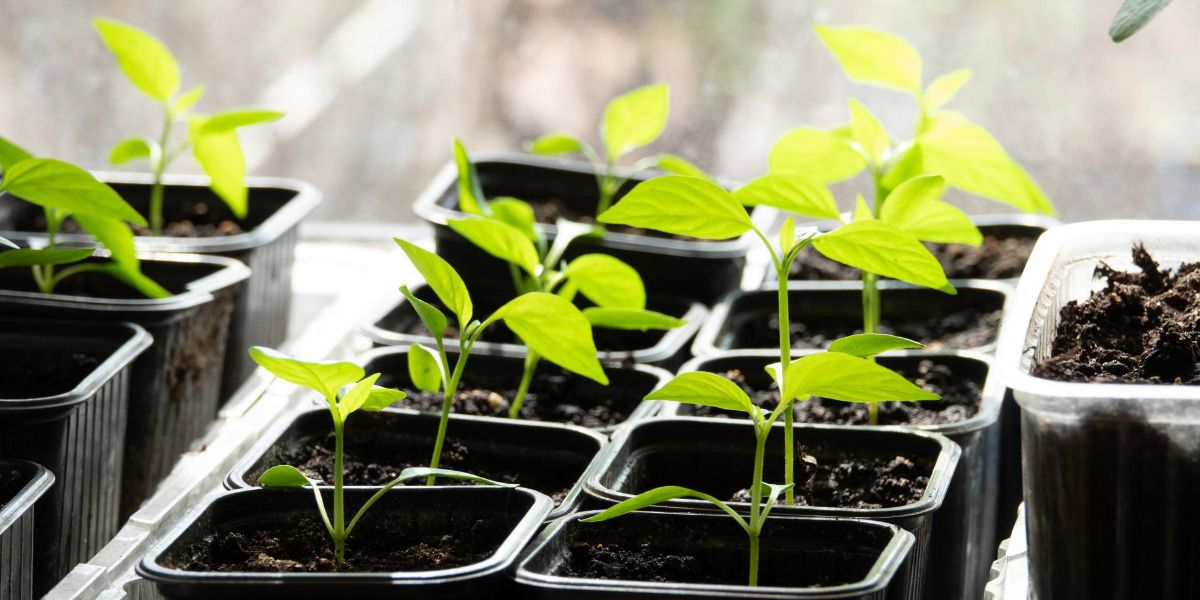Chili Pepper Disease Prevention and Treatment Strategies
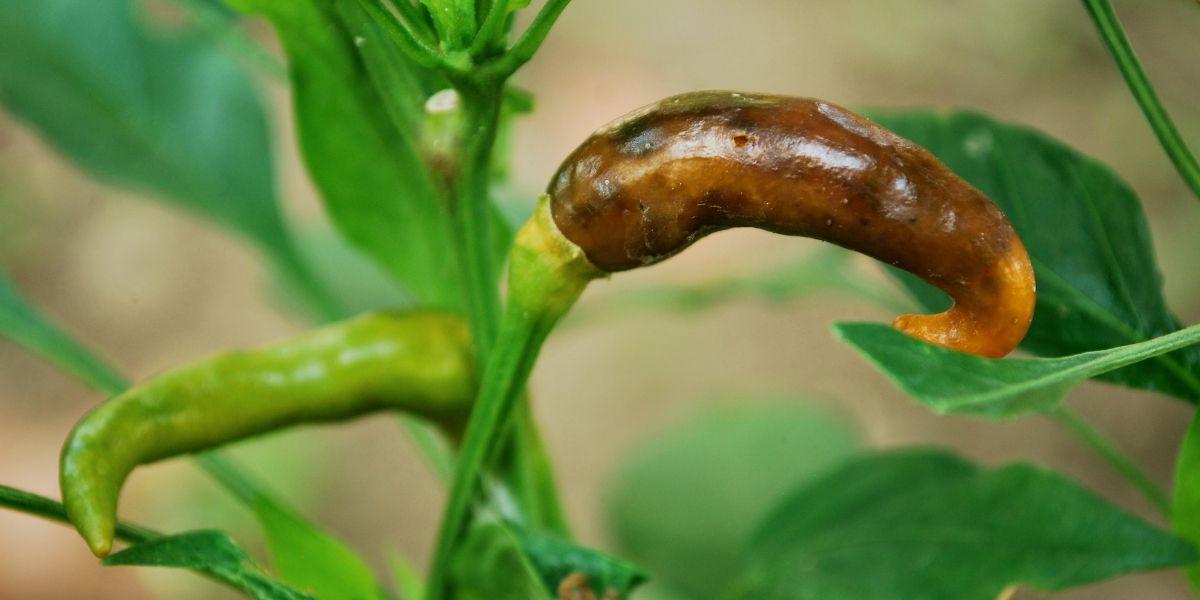
Chili pepper plants, like any other plants, can fall victim to various diseases. However, with the right prevention and treatment strategies, you can minimize the risk and keep your plants healthy and productive.
Are you a chili pepper lover who wants to learn how to grow chili pepper plants at home? Look no further! Click below to find out which must-have books will guide you through the process of growing your own chili peppers...
In this article, we'll explore common chili pepper diseases, as well as methods to prevent and treat them effectively.
Common Chili Pepper Diseases
1. Bacterial Spot
Bacterial spot is a common disease affecting chili peppers, caused by the bacteria Xanthomonas campestris pv. vesicatoria. It's characterized by small, dark, water-soaked spots on leaves, stems, and fruit. The spots may develop a yellow halo, and affected leaves may drop prematurely.
To prevent bacterial spot, practice good sanitation and avoid overcrowding plants. Rotate crops every three years to minimize the risk of infection. To treat infected plants, remove affected leaves and apply a copper-based fungicide.
2. Phytophthora Blight
Phytophthora blight, caused by the fungus-like organism Phytophthora capsici, is a destructive disease affecting chili peppers. Symptoms include wilting, root rot, and fruit rot. The pathogen thrives in wet conditions, making proper watering crucial for prevention.
To manage Phytophthora blight, plant chili peppers in well-draining soil and avoid overwatering. Apply a fungicide containing mefenoxam as a preventative measure. Remove and dispose of infected plants to prevent the spread of the disease.
3. Verticillium Wilt
Verticillium wilt, caused by the soil-borne fungi Verticillium dahliae and Verticillium albo-atrum, affects a wide range of plants, including chili peppers. Symptoms include yellowing and wilting of leaves, often starting at the base of the plant and progressing upward. The plant's vascular tissue may also exhibit dark streaks when cut.
To prevent Verticillium wilt, practice crop rotation and avoid planting susceptible plants in the same area for at least four years. Choose resistant varieties when possible, and maintain good soil health with organic fertilizers. There is no chemical treatment for Verticillium wilt; remove and dispose of infected plants to minimize the spread of the disease.
Prevention Strategies
In addition to specific measures for individual diseases, there are several general strategies you can employ to reduce the risk of disease in your chili pepper plants:
Choose healthy plants and seeds: Start with healthy seeds and disease-free transplants to reduce the chances of introducing diseases to your garden.
Practice good sanitation: Clean and disinfect gardening tools, pots, and containers regularly to prevent the spread of diseases.
Provide proper spacing: Adequate spacing between plants ensures good air circulation, reducing the likelihood of disease development. Check the specific spacing requirements for your chosen chili pepper variety.
Water wisely: Overwatering can lead to diseases caused by fungi and other pathogens that thrive in moist conditions. Water at the base of the plants, avoiding wetting the foliage, and water early in the day to allow the plants to dry before nightfall.
Keep a close eye on your plants: Regularly inspect your chili pepper plants for signs of disease. Early detection and intervention can often prevent the spread of diseases and minimize damage.
Treatment Strategies
If your chili pepper plants do become infected with a disease, it's important to act quickly and take appropriate action:
Remove infected plant material: Prune away any infected leaves, stems, or fruits and dispose of them properly to prevent the spread of disease.
Apply fungicides or bactericides: Depending on the disease, applying a suitable fungicide or bactericide may help control the infection. Always follow label instructions and consult local guidelines for proper use.
Adjust cultural practices: Evaluate your current practices, such as watering, fertilization, and spacing, and make any necessary adjustments to prevent further disease development.
Consider biological controls: Some diseases can be managed with the help of beneficial microorganisms. Research and apply appropriate biological control options for the specific disease affecting your plants.
By following these prevention and treatment strategies, you can effectively manage chili pepper diseases and enjoy a bountiful harvest. For more information on growing chili peppers, check out our comprehensive guide and explore other topics related to chili pepper cultivation
